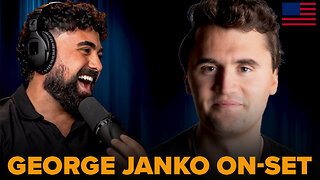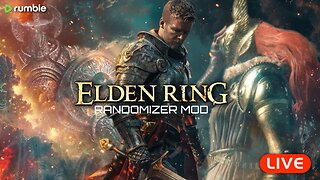The Double Slit Experiment ☆=}}} quick, simple explanation
Double Slit Experiment - Wave-Particle Duality
This video explains wave-particle duality through the use of the double-slit experiment with light, electrons and other particles.
In modern physics, the double-slit experiment is a demonstration that light and matter can display characteristics of both classically defined waves and particles; moreover, it displays the fundamentally probabilistic nature of quantum mechanical phenomena.
Like the Schrödinger's cat thought experiment, the double-slit experiment is often used to highlight the differences and similarities between the various interpretations of quantum mechanics.
Physicist David Deutsch argues in his book The Fabric of Reality that the double-slit experiment is evidence for the many-worlds interpretation. An interpretation of quantum mechanics that asserts that the universal wavefunction is objectively real, and that there is no wave function collapse. This implies that all possible outcomes of quantum measurements are physically realized in some "world" or universe. In contrast to some other interpretations, such as the Copenhagen interpretation, the evolution of reality as a whole in MWI is rigidly deterministic. Many-worlds is also called the relative state formulation or the Everett interpretation, after physicist Hugh Everett, who first proposed it in 1957.Bryce DeWitt popularized the formulation and named it many-worlds in the 1970s.
-
 LIVE
LIVE
The Kevin Trudeau Show
40 minutes agoThe Kevin Trudeau Show
89 watching -
 1:09:31
1:09:31
Russell Brand
4 hours agoBird Flu Pandemic SCAM?! New Lockdowns + Vaccines!
80.7K227 -
 LIVE
LIVE
The Charlie Kirk Show
2 hours ago2016 Redux + George Janko On-Set | Habba, Kassam, Janko | LIVE 6.10.24
7,888 watching -
 LIVE
LIVE
SilverFox
14 hours ago🔴LIVE - Elden Ring RANDOMIZER Mod - Part 2
362 watching -
 59:36
59:36
The Dan Bongino Show
5 hours agoOperation DUMP Joe Biden Has Begun (Ep. 2267) - 06/10/2024
354K812 -
 1:41:30
1:41:30
Steven Crowder
5 hours agoTrump Trial Turmoil as Juror’s Cousin F*cks Deep State | GUEST: Breanna Morello
252K420 -
 1:47:52
1:47:52
Mostly Sports With Mark Titus and Brandon Walker
17 hours agoMostly Sports With Mark Titus and Brandon Walker Presented by Jägermeister | EP 185 | 6.10.24
22.8K -
 1:29:01
1:29:01
Benny Johnson
3 hours agoPANIC: Biden Family ABANDONS Hunter As Gun Trial BLOWS-UP in Family's Face | VERDICT Imminent?! 🚨
70K76 -
 1:21:27
1:21:27
Graham Allen
6 hours agoTrump Case Going To MISTRIAL?! Or Possible Probation?
65.3K175 -
 3:19:17
3:19:17
The Kirk Minihane Show
6 hours agoKMS Live | June 10, 2024 - Coat Hanger Abortions & People Shooting Guns
35K1